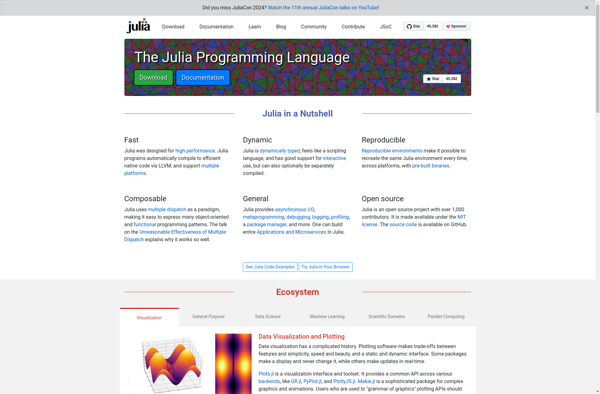Fortran

Fortran: General-Purpose Programming Language for Numeric Computation
A compiled imperative language for scientific computing, originally developed by IBM in the 1950s, suitable for numeric and engineering applications.
What is Fortran?
Fortran is a general-purpose, procedural, imperative programming language that is especially suited for numeric computation and scientific computing applications. Originally developed by IBM in the 1950s, Fortran was one of the first high-level programming languages and quickly came to dominate programming in the areas of numeric analysis and computational science.
The key features that made Fortran very popular for scientific applications include its clear, concise syntax for mathematical expressions, built-in support for arrays and matrices, computing efficiency from compilation, and an extensive math function library. Early versions of Fortran focused on simple numeric computation, but later versions added more complex data structures, modules, pointers, object orientation, and built-in parallelization features.
Over the decades, Fortran has undergone several major revisions (FORTRAN 77, Fortran 90/95, Fortran 2003/2008) to modernize the language while retaining backward compatibility with prior versions. This has enabled Fortran code written decades ago to still compile and run today. The longevity and stability of Fortran, combined with its computational speed and mathematical prowess, has ensured its place as a key language in high-performance computing for science and engineering.
While more specialized than general-purpose languages like C/C++ and not as readable as Python, Fortran remains widely used today for numerical weather prediction, finite element analysis, computational fluid dynamics, computational physics, crystallography, and computational chemistry. Major scientific software packages like LAPACK, IMSL and NAG Libraries rely on Fortran code. Fortran competes with languages like C++, Java and Python for scientific computing applications.
Fortran Features
Features
- Compiled language for high performance computing
- Strong typing and data abstraction capabilities
- Built-in mathematical and array processing functions
- Backward compatibility to support legacy code
- Interoperability with C and other languages
Pricing
- Open Source
- Free Compilers
Pros
Cons
Official Links
Reviews & Ratings
Login to ReviewThe Best Fortran Alternatives
Top Development and Programming Languages and other similar apps like Fortran
Julia

C (programming language)

F# (programming language)

V (programming language)

Object Pascal
GDscript
